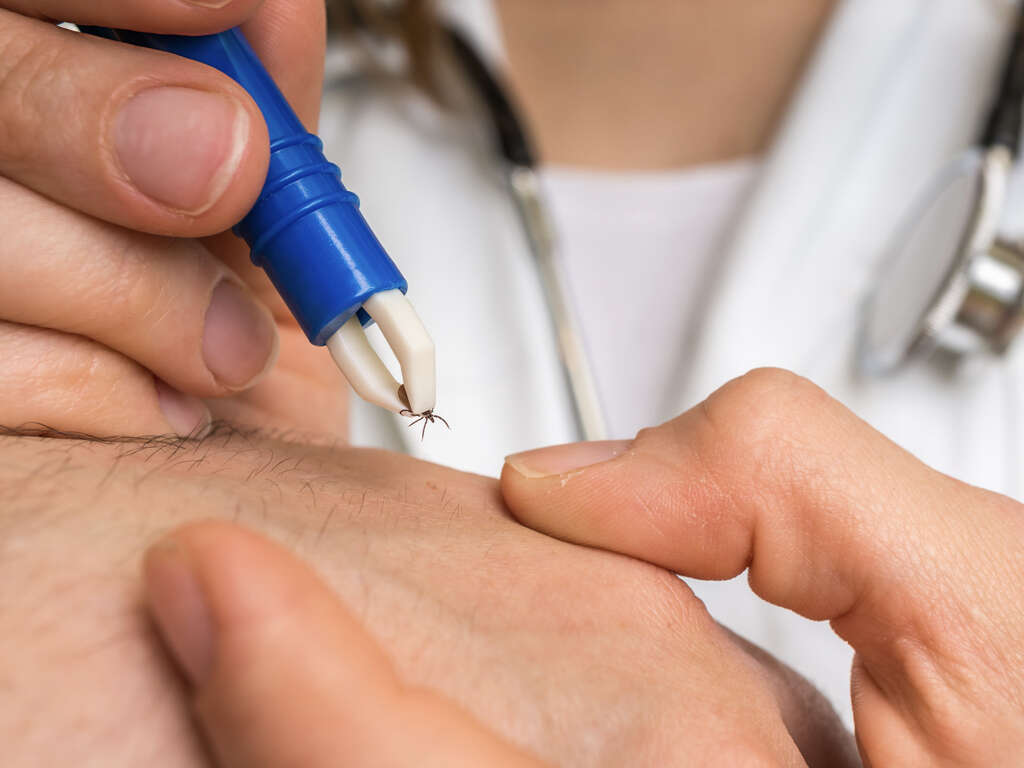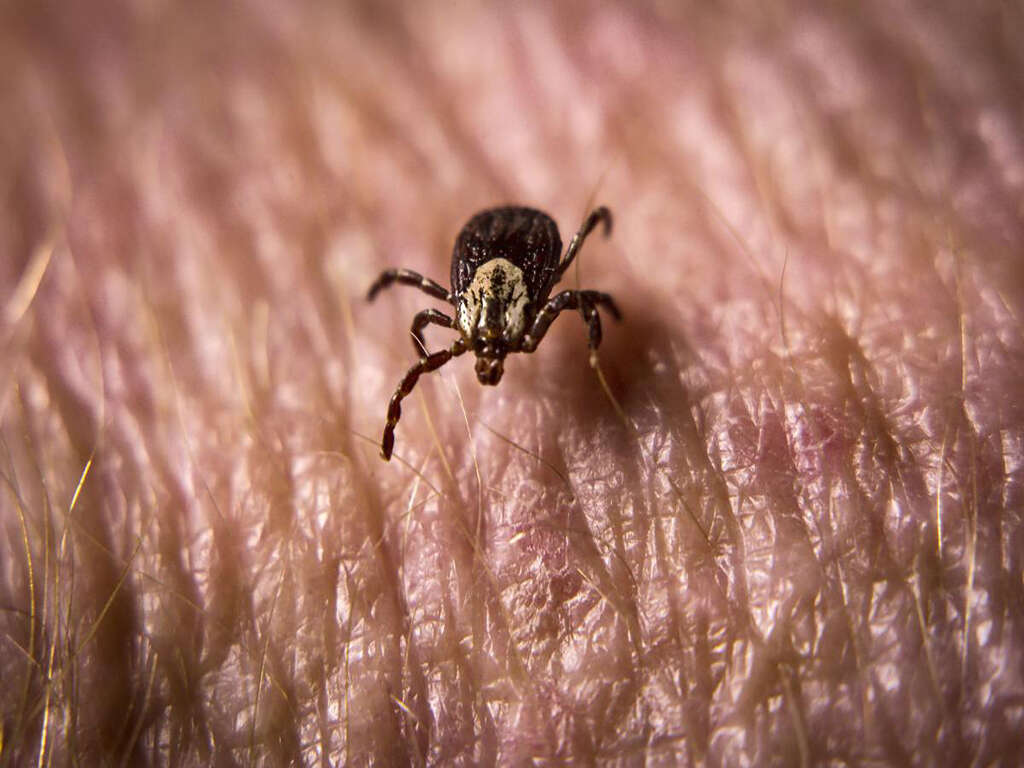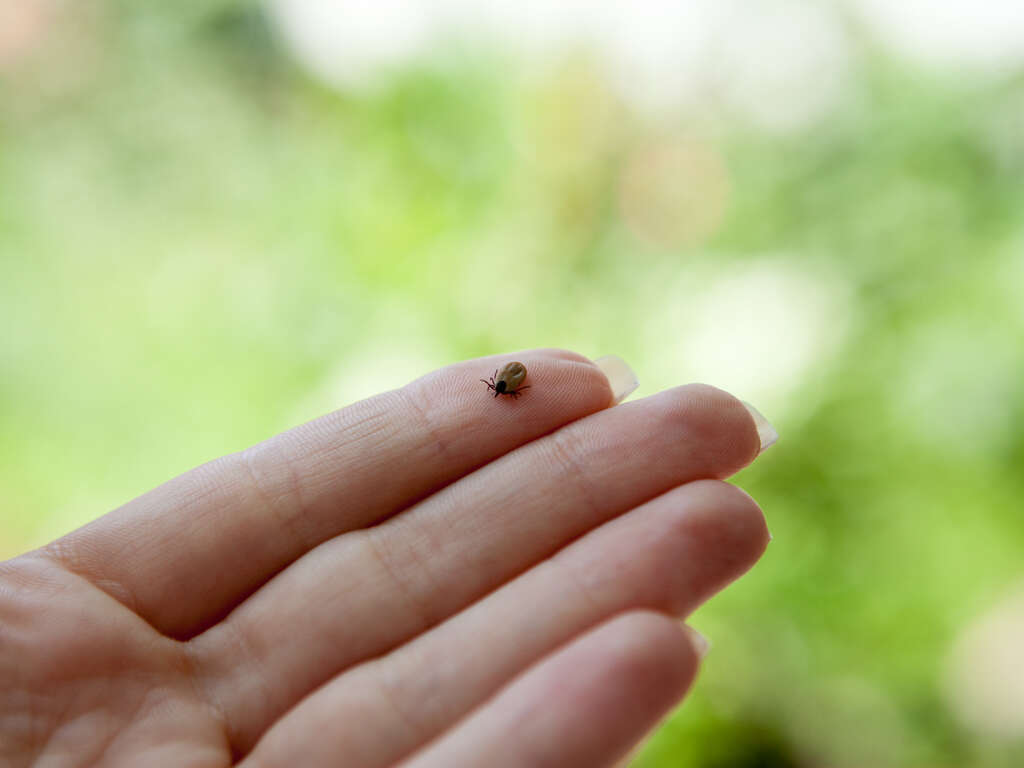10 Tick Bite Symptoms
 Article Sources
Article Sources
- 1. 'Tick Talk.' National Institutes of Health, U.S. Department of Health and Human Services, 1 Nov. 2018, newsinhealth.nih.gov/2014/05/tick-talk
- 2. 'Signs and Symptoms of Untreated Lyme Disease.' Centers for Disease Control and Prevention, Centers for Disease Control and Prevention, 15 Jan. 2021, www.cdc.gov/lyme/signs/symptoms/
- 3. 'Symptoms of Tickborne Illness.' Centers for Disease Control and Prevention, Centers for Disease Control and Prevention, 10 Jan. 2019, www.cdc.gov/ticks/symptoms.html
- 4. 'Bell's Palsy Fact Sheet.' National Institute of Neurological Disorders and Stroke, U.S. Department of Health and Human Services, [www.ninds.nih.gov/Disorders/Patient-Caregiver-Education/Fact-Sheets/Bells-Palsy-Fact-Sheet.](http://www.ninds.nih.gov/Disorders/Patient-Caregiver-Education/Fact-Sheets/Bells-Palsy-Fact-Sheet.)
- 5. 'Lyme Disease Neuropathy: Symptoms & Treatment: Foundation for PN.' The Foundation For Peripheral Neuropathy, 19 Apr. 2021, www.foundationforpn.org/what-is-peripheral-neuropathy/causes/inflammatory-neuropathy/lyme-disease/
Knowing tick bite symptoms is essential for prompt Lyme disease treatment. Walking through woods, dense forests, or even hanging out at a park or in the backyard can increase the chance of a tick bite. Even people wearing protective clothing, such as long sleeves, pants, socks and sneakers, are susceptible to the arachnids.
Although sprays and other chemical barriers work, there's still a chance of getting bit. Removing the ticks immediately can reduce the chances of developing Lyme disease. However, it's still necessary to watch for tick bite symptoms.1‘Tick Talk.’ National Institutes of Health, U.S. Department of Health and Human Services, 1 Nov. 2018, newsinhealth.nih.gov/2014/05/tick-talk

Rash at Bite Site
Watch the bite area. A small red bump at the site is normal. A Lyme disease diagnosis is possible if the rash grows and a bull's-eye pattern forms. The rash can appear three to 30 days after the bite. For most patients, it's an average of seven days.
The bull's-eye pattern is called an erythema migrans or EM rash. It's common following a tick bite. Approximately 70% to 80% of patients with an infection from a tick develop this rash type. The EM rash isn't itchy but might be warm to the touch.2‘Signs and Symptoms of Untreated Lyme Disease.’ Centers for Disease Control and Prevention, Centers for Disease Control and Prevention, 15 Jan. 2021, www.cdc.gov/lyme/signs/symptoms/

Spreading Rash
Left untreated, the rash may spread to other areas of the body. It doesn't spread fast. Instead, it's a gradual progression over several days. The initial EM rash can reach up to 12-inches across or more.
The rash doesn't have to begin where the bite occurred. It can appear anywhere on the body. Although the most common rash type is the EM, it doesn't always develop. See a doctor for any rash following a tick bite that doesn't clear up right away.

Fever
Fevers are a sign of infection and a good indicator of tick bite symptoms. If a tick bite occurs and a rash, stiff neck and a fever with chills occur, seek medical care. The increase in body temperature can vary in degree. In most cases, the fever starts after the rash forms.
Another tick-borne disease, Rocky Mountain spotted fever (RMSF), begins with a higher body temperature. The rash appears three to five days after. Seek emergency care for RMSF. Treatment is vital to survival.3‘Symptoms of Tickborne Illness.’ Centers for Disease Control and Prevention, Centers for Disease Control and Prevention, 10 Jan. 2019, www.cdc.gov/ticks/symptoms.html
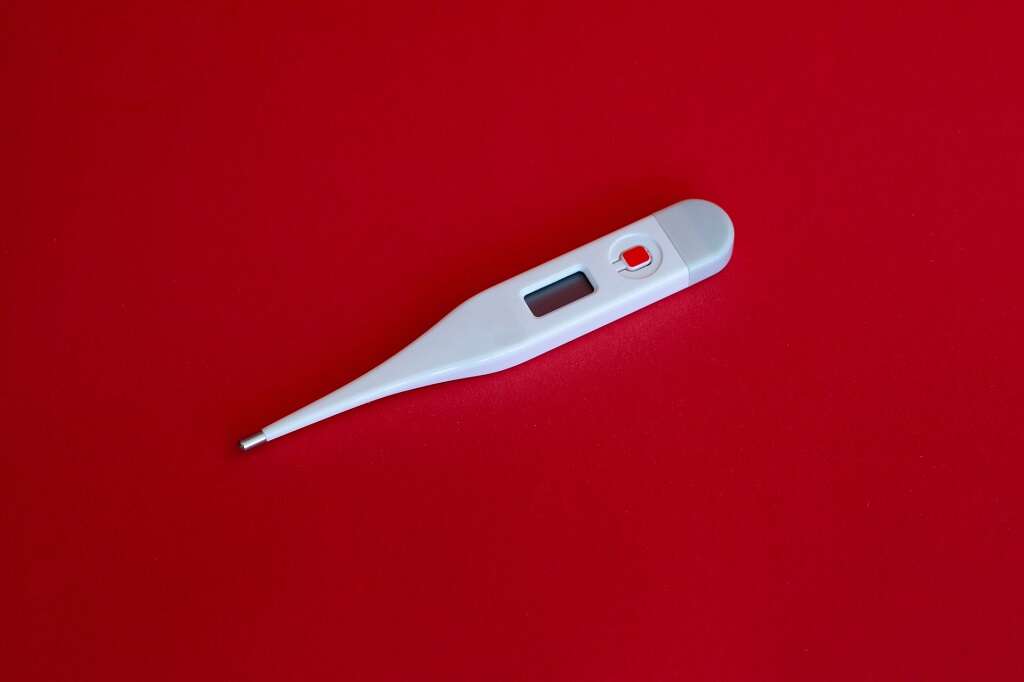
Headache
A severe headache that doesn't go away might be a tick bite symptom. When the pain occurs with a fever, stiff neck and other signs of infection, schedule an immediate doctor's appointment. Treatment for Lyme disease is more successful the earlier it starts.
Always tell the medical professional if a tick bite is suspected following a walk in the woods or removing one from an unprotected area of the body.

Fatigue
Fatigue is a common sign of infection. After a tick bite, it's a typical symptom that accompanies the rash, pounding headache and fever. The intensity is more pronounced than feeling tired after a long day.
Instead, it's more of a full-body and mind fog that leaves people unable to get out of bed or accomplish everyday tasks. If energy levels don't increase after a day or two, schedule a doctor's exam.

Muscle and Joint Pain
Tick bite symptoms are straightforward. They begin with a rash and expand to include a fever, fatigue, severe headache and muscle and joint pain. Don't ignore Full body aches following a tick bite and accompanied by a fever.
Early treatment can reduce the chances of long-term symptoms lasting six months or more following the two- to four-week treatment with antibiotics. For example, some patients develop post-treatment Lyme disease, which has no known cure.

Signs of Infection
The signs of infection for a tick bite are vague. They can easily be caused by the flu or another viral or bacterial disease. Connecting the symptoms with the tick bite is important to receiving the right diagnosis quickly to start treatment.
Lyme disease requires special antibiotics. Notifying the doctor of the bite and signs of infection, such as rash, fever, headaches and muscle and joint pain is essential to preventing long-term complications.

Facial Palsy
One of the scarier tick bite symptoms is facial palsy. Although it's temporary, facial palsy involves losing muscle tone and one or both sides of the face that causes noticeably drooping.
The condition, also known as Bell's palsy, is a rare side effect of a viral infection. Immediate medical attention is necessary for prompt treatment. Facial Palsy usually resolves following treatment of the infection. However, some cases may leave permanent damage.4‘Bell’s Palsy Fact Sheet.’ National Institute of Neurological Disorders and Stroke, U.S. Department of Health and Human Services, www.ninds.nih.gov/Disorders/Patient-Caregiver-Education/Fact-Sheets/Bells-Palsy-Fact-Sheet. Other conditions like strokes can result in a similar symptom.
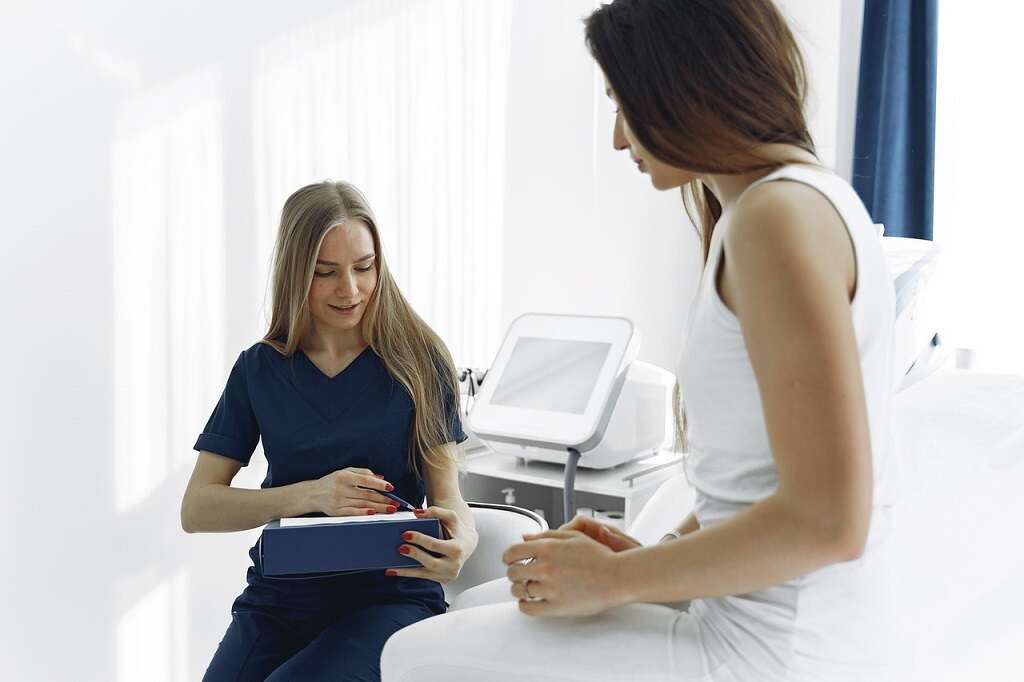
Nerve Pain
As Lyme disease progresses without treatment, neurological symptoms can arise. Bell's palsy is one response to the infection. Patients can also experience pain, numbness and weakness in the joints from an untreated tick bite.
Other advanced signs of Lyme disease include poor coordination and a stiff neck. Additionally, meningitis is a secondary condition that may develop, resulting from the fever. With any of these symptoms, seek immediate medical care.5‘Lyme Disease Neuropathy: Symptoms & Treatment: Foundation for PN.’ The Foundation For Peripheral Neuropathy, 19 Apr. 2021, www.foundationforpn.org/what-is-peripheral-neuropathy/causes/inflammatory-neuropathy/lyme-disease/

Heart Palpitations
Stage two of Lyme disease occurs when the condition is left untreated. Patients might experience heart palpitations along with neurological symptoms. Cardiovascular issues can occur as the condition goes into stage three, a serious infection that might lead to problems sleeping, concentrating and memory loss.
Stage three may also cause more neurological responses, such as nervous system dysfunction and pain, numbness and tingling in the arms, hands, legs and feet.



